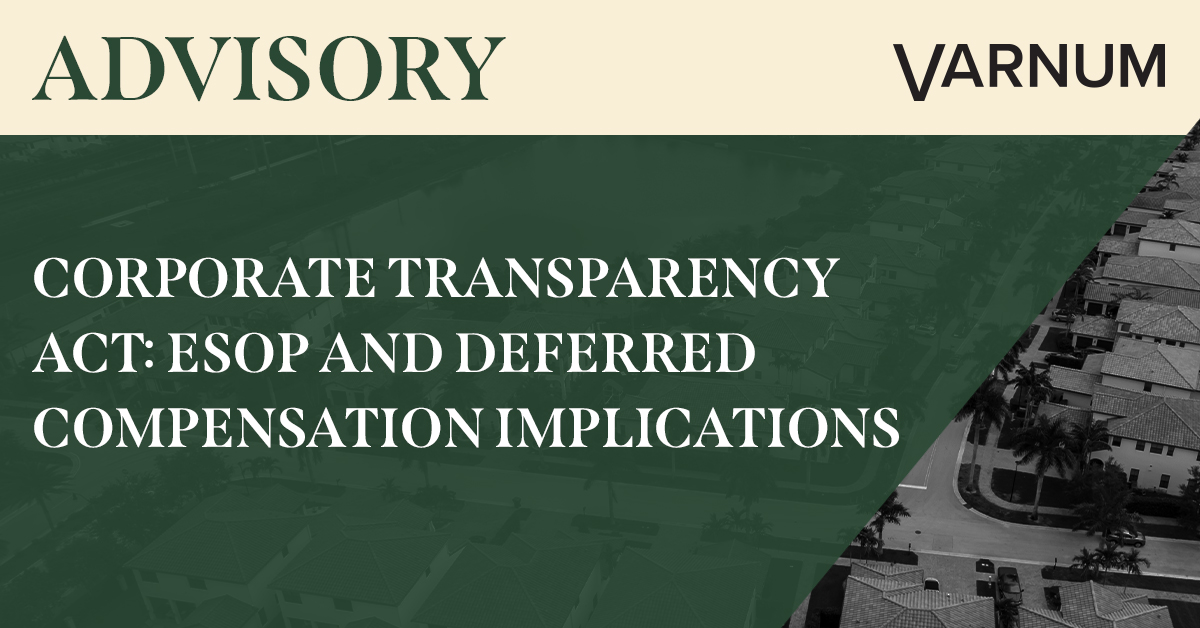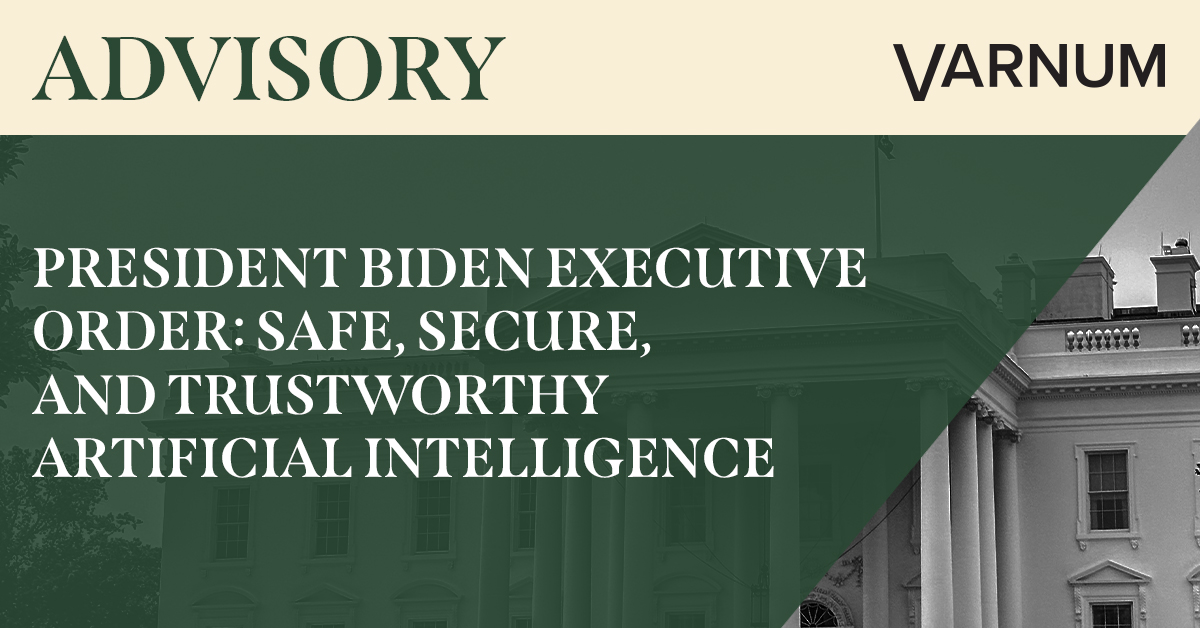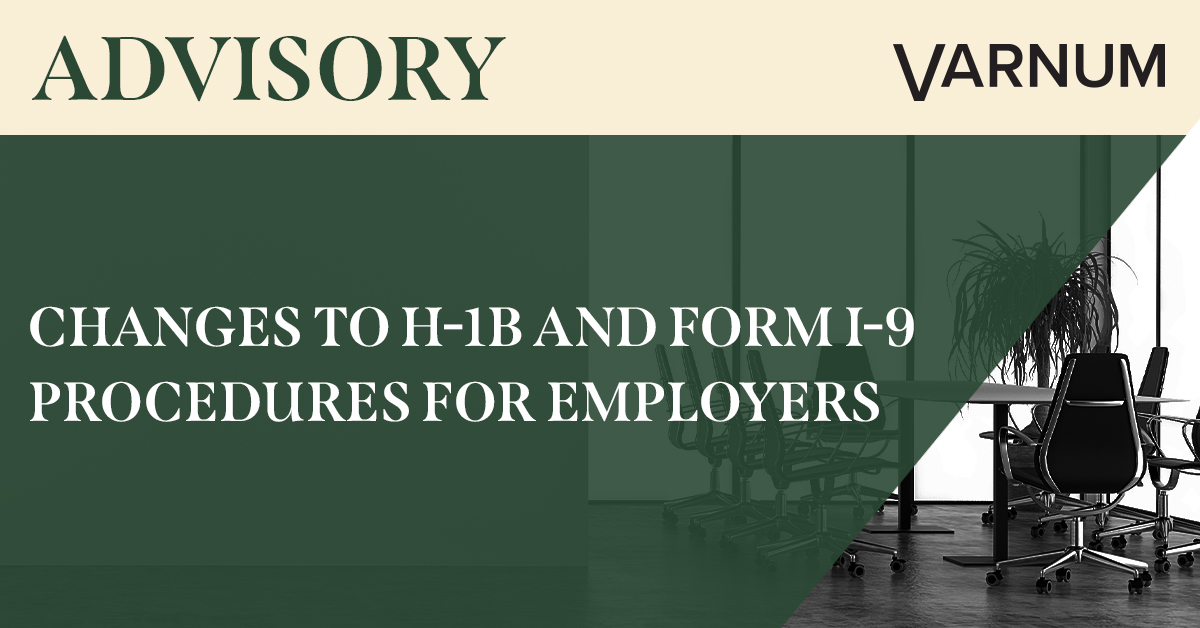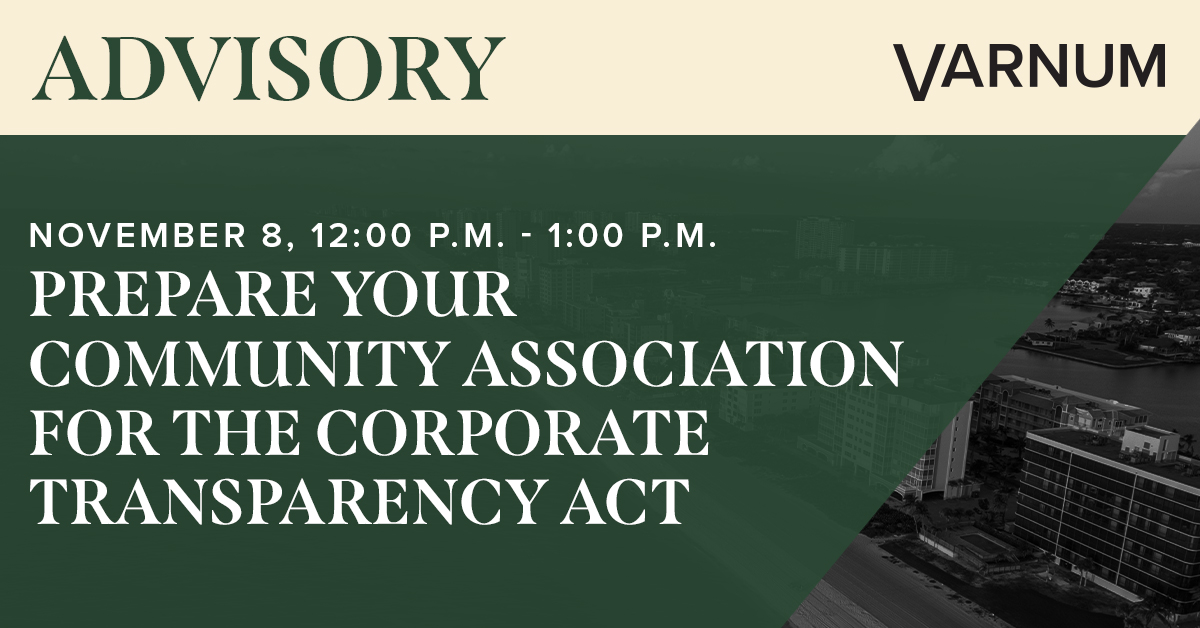Congress passed the Corporate Transparency Act (the CTA) in January 2021 to provide law enforcement agencies with further tools to combat financial crime and fraud. The CTA requires certain legal entities (each, a “reporting company”) to report, if no exemption is available, specific information about themselves, certain of their individual owners and managers (“beneficial owners”), and certain individuals involved in their formation (“company applicants”) to the Financial Crimes Enforcement Network (FinCEN) of the U.S. Department of Treasury.
As the CTA comes into effect, there are many important considerations for businesses and this advisory focuses on two: ESOPs and deferred compensation.
For companies that are not exempt from the CTA’s reporting requirements, a crucial aspect of the company’s compliance is assessing its beneficial owners. This key term goes beyond equity ownership. A “beneficial owner” is any individual who, directly or indirectly, (1) owns or controls at least 25% of the ownership interests of the reporting company (by vote or value) or (2) exercises substantial control over the reporting company.
An individual’s ownership interest will be determined by examining ownership of equity, stock or voting rights; capital or profits interests; convertible instruments (as if converted); options or privileges (as if exercised); and any other instrument, contract, arrangement, understanding, relationship or mechanism used to establish ownership. Reporting companies will need to “look through” ownership interests held by intermediary companies to identify the individuals who beneficially own such interests. Special rules apply to interests held by trusts.
An individual will exercise substantial control over the reporting company if such person is:
- a senior officer of the reporting company;
- a person who has the authority to appoint or remove certain officers or a majority of the board of directors;
- a person who directs, determines or has substantial influence over important decisions of the reporting company, including decisions about its business, finances or structure; or
- a person who otherwise exercises substantial control over the reporting company.
Any individual holding the position or exercising the authority of a president, chief financial officer, general counsel, chief executive officer or chief operating officer is a “senior officer.” On the other hand, whether an individual serving on the board of directors (or equivalent body) exercises substantial control over the reporting company is a question that must be analyzed under the above criteria on a director-by-director basis.
Employee Stock Ownership Plan (ESOP) Implications
ESOP ownership of a company, in whole or in part, does not automatically change the analysis or conclusion about whether the company must file reports under the CTA. However, ESOPs can impact the CTA analysis for non-exempt reporting companies in two ways. First, the ESOP trustee may be a beneficial owner for purposes of the CTA because an ESOP trustee may have the right to exercise certain aspects of control over the company, such as the right to appoint or remove board members. Not all ESOP trustees will be beneficial owners. Rather, ESOP companies should conduct an analysis of whether reporting requirements are triggered based on the specific circumstances. Second, an ESOP participant may be a beneficial owner for purposes of the CTA because a participant may be allocated shares that exceed 25% of the voting power or value of the company. As with the ESOP trustee, an analysis of the specific circumstances relating to the company’s capitalization table and ESOP will be important to determining if reporting is required and if so, what that reporting requires.
Deferred Compensation Implications
In many circumstances, deferred compensation and executive compensation (such as options, phantom stock and stock appreciation rights) will not change the reporting requirements under the CTA, but there are a few potential exceptions. First, deferred compensation could result in an individual owning (by vote or value) 25% or more of the company, triggering reporting requirements about that individual. Second, if the value of a company cannot be determined with enough certainty, reporting requirements can include individuals who own 25% or more of any class of equity (equity is broadly defined for this purpose and will include not only stock and ownership units, but also options, convertible instruments and other similar agreements and arrangements). If deferred compensation is designed in a way that creates a new class of equity, those who have 25% or more of that class of equity may need to report under the CTA. In many circumstances, with advanced planning, deferred compensation can be drafted to avoid creating a new class of equity, helping to simplify the CTA compliance analysis.
Conclusion
If your company maintains an ESOP, or awards deferred compensation or equity compensation, you should consider how this could impact your company’s CTA compliance. The analysis may evolve over time as an entity’s circumstances change and additional CTA guidance is released.
Varnum’s Corporate Transparency Act Taskforce of attorneys and other professionals can assist you. A recent client advisory explaining the CTA reporting requirements may be found here. Contact a member of Varnum’s Employee Benefits and Executive Compensation Team or any member of Varnum’s CTA Taskforce to learn more.






